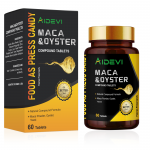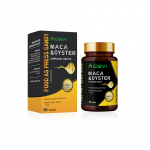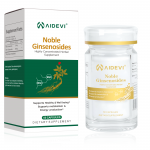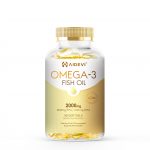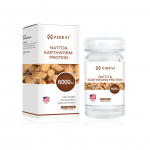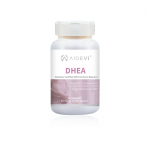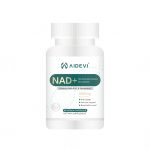Do you need to pop an iron pill for every kind of anemia
Measuring anemia by hemoglobin levels, where it signifies a drop in peripheral red blood cell volume, can be a little more nuanced. For adult males, if hemoglobin levels dip below 120 grams per liter, and for non-pregnant females below 110 grams per liter, you're in the anemia zone. Anemia comes in different flavors, each with its own set of causes, and a one-size-fits-all approach won't cut it. Let's break down the treatment game plan for each type.
How to tackle anemia:
1. Megaloblastic Anemia:
The Scene: Lack of folic acid and vitamin B12 is causing the ruckus, or there's a glitch in the DNA synthesis party.
Action Plan: Hospital visit alert! Get tested to figure out what's missing and then pump up the volume accordingly. Folic acid is your go-to via the oral route, and if your gut isn't up for the task, muscle injections could be on the menu. When it's unclear whether it's a B12 or folic acid fiesta, a combo might be the answer. But remember, if you're B12 deficient or both, stay clear of a solo folic acid act to avoid nerve system havoc. Keep tabs on kidney function, blood pressure, and uric acid levels during the B12 bash.
2. Thalassemia:
The Scene: It's a genetic, small-cell, hemolytic anemia extravaganza.
Action Plan: Iron intake is on a tight leash to dodge iron-related troubles. Time to use iron-chelating agents wisely under the watchful eye of your doc. Early detection and treatment are MVPs when it comes to thalassemia.
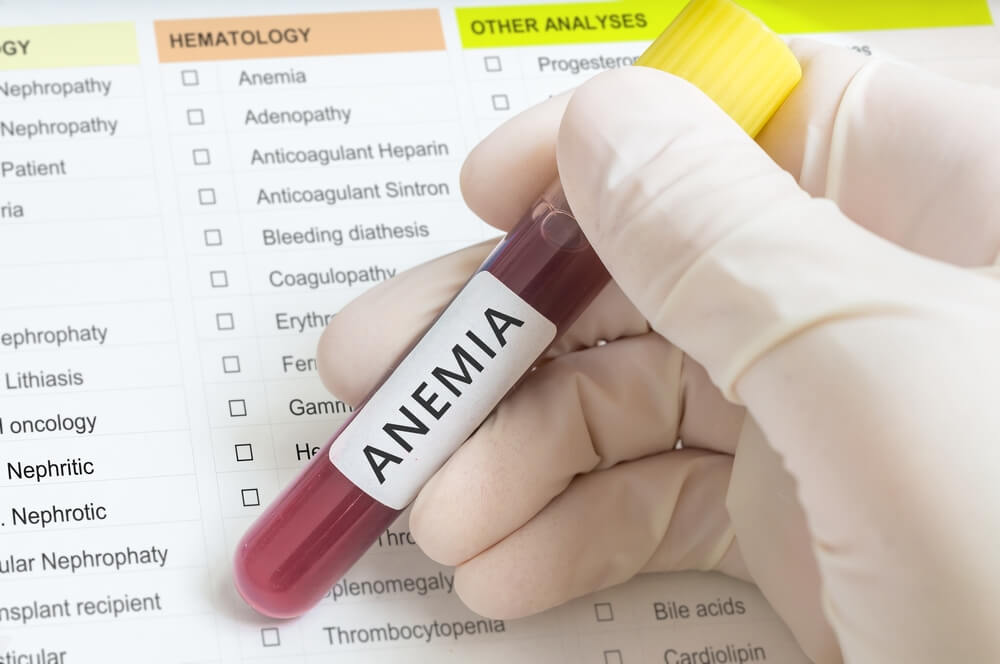
3. Aplastic Anemia:
The Scene: The why behind aplastic anemia isn't crystal clear. Symptoms feature anemia, infections, bleeding, and sometimes, a bone marrow and blood cell slow dance.
Action Plan: Symptom smackdown time! Antibiotics roll in for the infection brawl, red blood cell transfusions take center stage to correct anemia, and hemostatic heroes step up to the plate for the bleeding control. Depending on the game plan, immunosuppressants and early blood-boosting treatments might enter the scene. If conditions permit, hematopoietic stem cell transplantation is a contender. Early and steady treatment is key, and playing musical chairs with medications is a no-no.
4. Iron-Deficiency Anemia:
The Scene: The most common player in the anemia arena, starring a lack of iron affecting the hemoglobin hit parade.
Action Plan: Iron supplementation takes the spotlight. Two methods in the playbook: Oral intake, featuring iron supplements like ferrous gluconate and friends. But beware, these can stir up some digestive drama. No cozying up with strong tea and milk during this iron party—it messes with absorption. Pairing up with dilute hydrochloric acid and vitamin C can give the absorption a nudge. The other play is the intravenous injection card for those with digestive dramas, iron intolerance, or needing a speedier anemia fix. Caution is key to avoid iron overload drama.
So, turns out not all anemias are created equal, and the iron pill isn't the answer to every woe. It's like tailoring treatment to fit the anemia personality—only those with an iron-deficiency pass should hop on the iron train. And if you're juggling digestive ulcers, major liver or kidney issues, hemophilia, or dealing with hemosiderosis, hands off the iron supplements game."





